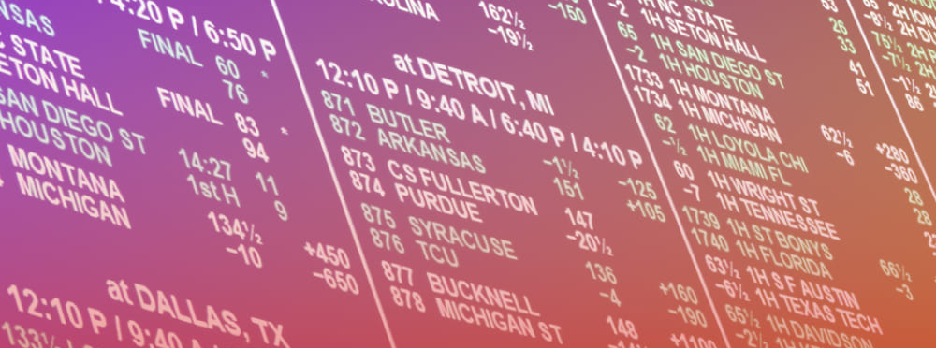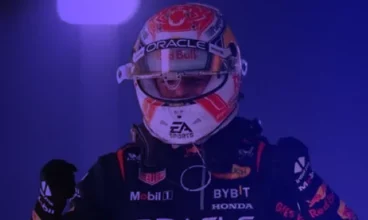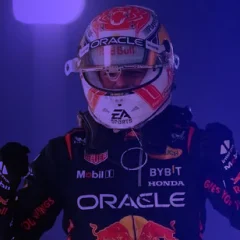
How and Why the Sports Line Moves?
How and Why the Sports Line Moves? - Understand how and why the sports line moves in sports betting.
How Does the Sports Line Move, and Why?
The sports line moves because of the actions of bettors. If you place a bet on one side and lose, it doesn’t matter how much money you wagered or your convictions. You’re still going to be out of luck. Let’s say the same thing happens, but with multiple gamblers placing bets on that same side. That increases the likelihood that their actions will affect the sportsbook’s decision to move its odds in either direction before kickoff. If enough bets come in on one side or another, it could cause a massive probability shift.
The reason is simple: more money wagered means more risk the sportsbook operator takes (and potentially more profits gained). The more people wager on an outcome that ends up happening, the higher chance there is for profit for them and anyone else involved with predicting what might happen next within this scenario.
Betting in Sports is Driven by the Actions of Bettors
Betting is a zero-sum game. In other words, when one individual wins, someone else loses, and vice versa.
- If you bet $100 on your favorite team to win and they do, you win $200; if you bet $100 against them, you lose $200 but receive no payout.
Bettors are the ones who decide who wins or loses and thus moves the line as well as both sides of it – positive or negative, depending on whether they’re backing a favorite or an underdog, respectively.
- The sportsbook doesn’t have any control over this process whatsoever.
All they can do is try (and fail) to predict how much money will be wagered during each game so that they know how much each side has won when everything’s said and done – which means no matter what happens on the field during any given play, there will always be winners and losers. Keep in mind that when wagering on sports, money moves a line.
- The line is not a prediction of the outcome of the game. The sportsbook sets a point spread to get equal bets on both sides of the game, regardless of which team they think will win. They want equal action so that they can make money either way.
- The line is also influenced by how popular each team is among bettors and how much money has been wagered on each side.
Suppose one team has been heavily bet on for weeks. In that case, it might be wise for you to check out their recent performance before placing your wager, as well as recent injuries that may affect players’ performance on that day or week, just like any other business decision would be made based upon what’s happening within your industry or market segment.
As the Most Common Type of Sports Betting
Point spread betting is not only used for football but other sports as well. Points are awarded to the underdog and subtracted from the favorite’s score to determine a winner. For example: if your team is a 14-point favorite over another team, you will win if they win by more than 14 points. You will lose if they win by less than 14 points or if they lose outright (tie).
The lines always move, but our offer is stable. Free Betting Reviews with a partner Stake provide you with an excellent opportunity to benefit from a 2 USD reload on the platform! Catch the chance, and win with our exclusive bonus! 
Four Main Types of Bets in Baseball
Over/under bets are the simplest type of wager in baseball betting. You are simply placing your bet on whether a certain number of runs will be scored during a game or not. For example, if you think the «Blue Jays» and «Yankees» will combine for more than nine runs, you bet on over 9. Runline bets are also known as “props” or proposition bets, and allow players to wager on any number of things related to baseball, such as innings, several hits or runs during an inning, or even individual batters hitting home runs.
Point spreads and totals: point spreads are what we already know about – comparing one team against another based on how good they both are at playing baseball with odds given by sportsbooks based on how much better one team is expected to do than another (or not). They’re used across all sports, including basketball and football. You might hear them referred to as lines because they change frequently depending on how well each team has been doing lately. To learn more about basketball strategies, you can read our previous article.
When and How to Bet on Line Movement?
We now understand that line movement most often occurs when most of the money is bet on one particular side. So, when should you bet knowing the lines are moving? Try to bet on the favorites at the beginning. Odds on underdogs tend to go up as the game gets closer, so think about it. It’s worth waiting for that moment if you don’t really like the price at the moment. Timing is the most crucial factor, especially in some sports where an injury to one player is worth many points in a bookie’s line. This point is key in many popular sports.
For example, if an NFL quarterback’s participation is in doubt for a week due to injury, and then he is ruled out for the start of the game, the line can shift by a whole goal or a touchdown. Injury monitoring is key in betting on all sports, but absolutely necessary for betting on NBA regular season games. The spread can be huge. You can place a bet minutes before the bookie finds out about an injury and changes the line. Always remember that line movement is volatile. Before placing a bet, ensure you understand why the line is moving in a specific direction.
What Should Be Remembered?
The sports betting industry is one of the fastest growing in the world, and it continues to grow as more people come online and start betting on their favorite teams. The sportsline moves because there will always be a group of bettors who are willing to risk their money betting on a team they think has a better chance at winning, which makes sense because each team has different strengths and weaknesses based on its roster construction as well as coaching decisions during game time.
Latest news

FanAdvice – your Private Sports Betting Club
Welcome to FanAdvice, where sports enthusiasm meets strategic insight, creating the ultimate Private Sports Betting Club experience. Are you ready…

Predictions on the big fights coming up UFC: UFC 299
Gear up for an adrenaline-fueled spectacle as UFC 299 promises to deliver a night of unforgettable clashes. The octagon is…

Football betting tips and predictions on top European leagues
If you're into football betting and want the edge in your predictions, look no further. This article breaks down the…

Bahrain Grand Prix 2024: Predictions and odds
Get ready for the adrenaline-pumping return of Formula 1! The Bahrain Grand Prix 2024 kicks off the record-breaking 24-race season,…








